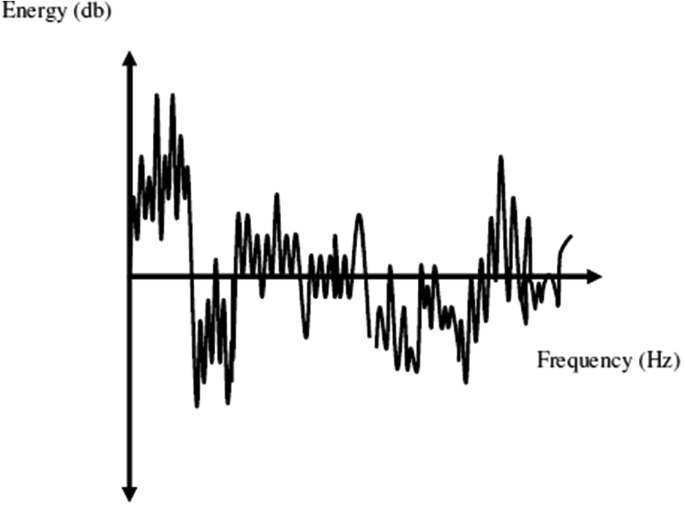What’s the difference between echo and reverb? When sound is produced, and is put through the audio enhancement process, it usually goes through different paths and ends up either deflecting to create an echo or reverberating to create multiple echoes depending on where you are. Now a reverb is made up of multiple echo channels that combine to form some noisy kind of sound after reflecting on surfaces nearby.
An echo on the other end is a simply organized deflection of sound over surfaces far away. Echo distance can be calculated alongside its time travel and other calculation. So let’s get the true picture of the two and get to understand the difference between echo and reverb. So, what’s the difference between echo and reverb? Let’s see
Sound Production and Propagation
The first step to really understanding e what we mean by echo and reverb would basic. Ally be understanding how sound is produced and propagated. Depending on where the sound is being produced, you can have very different rates of propagation of sound.
Air is the basic medium of transfer of sound and sometimes when it has a high temperature or humidity rate it might affect how the sound comes out to be heard. In terms of echo and reverb, when sound is propagated over a long distance but eminently facing a barrier in a single direction, it produces an echo.
This one is more organized and it tends to make some sense when there are calculations needed. A reverb comes from mixed-up sound channels that hit different surfaces at the same time deflecting at the same time. It varies with the place you are in. Reverb usually happens in empty enclosed spaces like empty rooms.
Echo
An echo as we have seen is a simple deflection of sound. It is made up of a single sound channel that has been deflected over an audible range depending on how it was produced. An echo has a lower impact than the original sound channel and this is what makes it important.
The echo can be repeated more than once depending on the surface it hits. This idea has been utilized in modern technology and it is being used to enhance audio recording and post-production processes such as mixing audio. This is however controlled echo and only utilized specific amounts of generated echo that enhance your voice.
Otherwise, unless your space is customized to produce a controlled echo, it is usually done away with to have clear sound recordings. An example of an empty room is a good illustration of a place where there are plenty of echoes and sometimes reverberation.
Reverberation
Reverberation, otherwise known as reverb is a common occurrence in normal life. It is simply defined as the result of the superposition of echoes during the production of sound. When you have a very small distance between the source of sound and the barrier, what we expect to hear is the reverberation of the sound.
It is usually a common occurrence in enclosed empty spaces with multiple reflecting surfaces. It could be multiple walls that produce a reverb. Unlike echo, one cannot be able to determine the distance between the source and the barrier using the reverb since the distance involved is very little. However, reverberation is also important in sound modification.
The reverb presets are included in audio modification software and are used to make the voice sound better. However uncontrolled reverb can be a distortion of sound or the sound might just not be clear enough so in many cases if the room with excessive reverb is to be used in any form of voicing or sound production, it is usually done away with.
What’s the Difference Between Echo and Reverb?
Now that we know the difference between echo and reverb, we can easily differentiate between the two and come up with a good explanation of what can the two mean and how they differ from each other.
Echo is produced due to reflection over a long distance compared to reverb which is produced over a shorter distance. However, we can best differentiate them using what causes them. Reverb is caused by multiple reflections of sound channels that sound the same.
The echo is, therefore, more organized than the reverb and it can be used to calculate the distance between the source and the barrier.
So the biggest difference between the two is their mode of deflection. Multiple deflections will lead to a reverb while a single deflection will lead to an echo. Once we understand that we can easily be able to distinguish between an echo and reverb, and how each of them is used. Sometimes they are gotten rid of when they are not needed.
However, one thing that we should understand is that both of them cause a certain amount of clarity in the sound. So this makes them a bit similar and sometimes difficult to distinguish when you do not exactly understand the differences as we do now.
When you need to note the difference between echo and reverb you should start by looking at the place where the sound is being produced. The distance in between is what can give you either an echo or a reverb.
What’s the Difference Between Echo and Reverb – Final Word
Depending on the distance in between we can have an echo or a reverb being produced when we produce our sound. All this is what makes this discussion important as we have highlighted above.
So what’s the difference between echo and reverb? It is simply the same thing but with a variation in the distance between the sound source and the barrier that deflects it. This will either make it a reverb or an echo.
Understanding that will help you differentiate between the two and maybe know where to use them. In some instances when you want to apply an effect on a piece of recorded sound using some software, understanding the two terms and their outcomes will always be very important.
Echo and reverb are not the same things like some people think a differentiating is what makes sense on how they should be used. And how they should be defined.
















